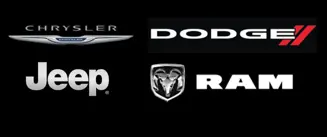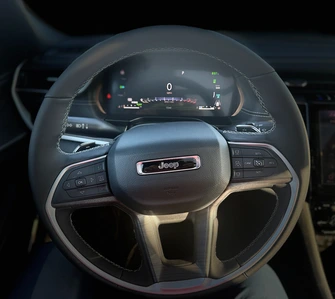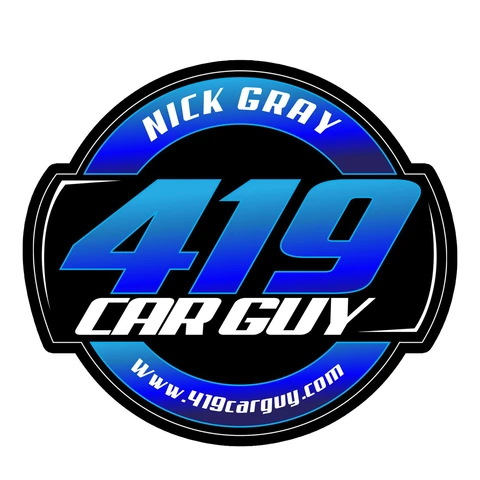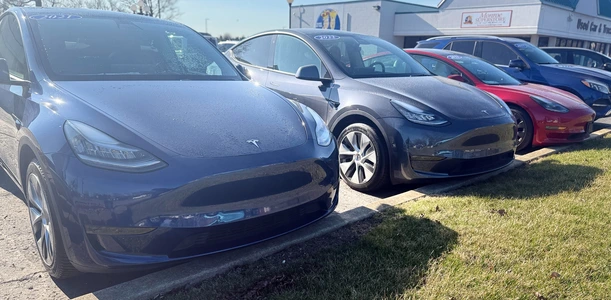When you’re buying a new car, you’re probably thinking about color, trim level, fuel efficiency—or maybe even the smell of that fresh interior. But there’s one thing you might not be thinking about that could save you thousands: GAP insurance.
In this post, we’ll break down what GAP insurance is, how it works, when you might need it, and whether it’s the right choice for your new car purchase.
What Is GAP Insurance?
GAP insurance stands for Guaranteed Asset Protection. It’s an optional type of car insurance that covers the difference (or “gap”) between what your car is worth and what you still owe on your loan or lease if the car is totaled or stolen.
Here’s how it works:
Let’s say you buy a brand-new car for $35,000. A year later, you still owe $30,000 on your loan, but due to depreciation, the car’s market value has dropped to $25,000. If your car is totaled in an accident, your standard auto insurance will likely pay out the current market value—$25,000—leaving you on the hook for the remaining $5,000.
That’s where GAP insurance comes in. It covers that $5,000 difference, so you’re not stuck paying for a car you no longer have.
Why Does a New Car Need GAP Insurance?
The key reason GAP insurance exists is depreciation. If you financed most or all of your purchase (especially with a small down payment or long loan term), you could easily owe more than the car is worth during the early years of ownership.
GAP insurance can give you peace of mind during that time, knowing that if something unexpected happens, you’re financially protected.
When GAP Insurance Makes Sense
GAP insurance isn’t for everyone, but it’s a smart choice in certain situations:
-
You made a small down payment (less than 20%)
-
You chose a loan term of 60 months or longer
-
You’re leasing your car (most lease agreements require GAP insurance)
-
Your car is known to depreciate quickly
-
You rolled negative equity from a previous car loan into your new one
Where to Get GAP Insurance
You can typically buy GAP insurance:
-
From the dealership when you buy or lease your car
-
Through your auto insurance providerWhy GAP Insurance Through the Dealership Often Makes More Sense Than Through an Insurance Agency:
1. GAP Through Insurance Is Often Limited
Insurance companies sometimes offer GAP, but it's often in the form of a GAP waiver or a loan/lease payoff add-on, and these:
-
May cap the payout at 25% of the vehicle’s Actual Cash Value.
-
Often exclude negative equity carried over from a previous loan.
-
May expire early (like if the car hits a certain age or mileage).
In contrast, dealership GAP (especially backed by top-tier providers) typically:
-
Covers up to 150% of Retail Value.
-
Includes rolled-over negative equity.
-
Lasts for the entire loan term—even if that’s 84 months.
2. Faster, Smoother Claims Process
When GAP is purchased through the dealership:
-
The lender and the GAP provider are usually in sync.
-
Claims are filed directly with the finance company, making things much smoother.
-
Dealership F&I managers often advocate on the customer’s behalf if there’s a delay or dispute.
With insurance-based GAP? You’re at the mercy of adjusters, red tape, and on-hold elevator music.
3. Better Coverage in Worst-Case Scenarios
Let’s say your customer totals the car 13 months in, they owe $35,000, and insurance pays out $27,000.
-
That’s an $8,000 gap.
-
If they financed dealership GAP? That full $8K is likely covered.
-
Insurance GAP may max out at 25% of the car’s Actual Cash Value—so maybe only $6,750 gets paid, leaving them on the hook for the rest.
4. Can Be Financed in the Loan
At the dealership:
-
GAP can be rolled into the loan, often costing just $10–$15/month.
-
Versus paying upfront or in a lump sum through your insurance.
5. Cancellability & Refunds
If they pay off early or trade in the vehicle:
-
Most dealership GAP policies offer a pro-rata refund.
-
You can often help facilitate the cancellation process, unlike insurance agents who might give them the "you need to call corporate" runaround.
-
-
-
-
Final Thoughts: Is GAP Insurance Worth It?
If you’re buying a brand-new car and financing most of the purchase, GAP insurance is often worth the small extra cost. It protects you from a potentially large financial burden if your car is totaled or stolen early in your loan.
Before deciding, talk to your dealership or your insurance provider, and run the numbers based on your loan, down payment, and the depreciation rate of your vehicle.
Want More Car Buying Tips?
Check out our other blog posts on financing, insurance, and how to get the best deal when buying a new car. Your next vehicle is a big investment—let’s make sure you’re protected.
Nick Gray
"419 Car Guy"
Automotive Concierge
Monroe Dodge Superstore
419.597.5859 ( VIP Line)
734.731.8101 ( Office)
nickg@monroedodge.com
https://www.monroesuperstore.com/












